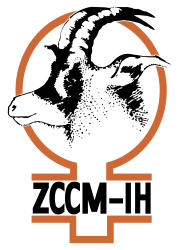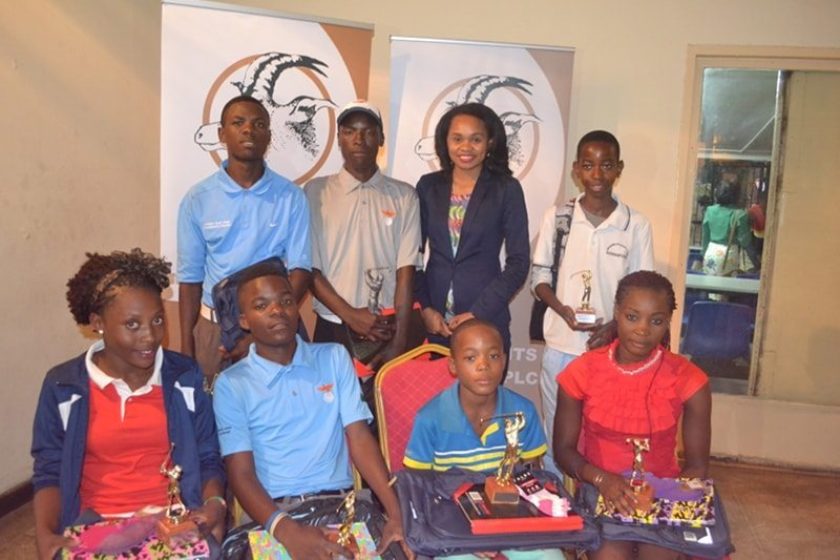ZCCM Investment Holdings PLC (ZCCM-IH) says it has embarked on an ambitious diversification programme which will see its interests extended to the manufacturing, power generation, agriculture and real estate sectors.
ZCCM-IH Chief Executive Officer, Dr. Pius Kasolo told delegates to the 2016 Investing in African Mining Indaba in Cape Town yesterday that the diversification programme as part of rebranding from a mining company which the institution has continued to be associated with.
Speaking when he made a presentation entitled ‘Diversifying the Investment Portfolio’, Dr. Kasolo said the programme has advanced with work on establishing Zambia’s biggest cement manufacturing company already started.
Dr. Kasolo said financing for the 5, 000 tonnes-per day-cement company which will be established at Ndola Lime Company Limited, has already been secured. The plant will be self-sufficient in electricity as it will have a 52 megawatt power plant constructed alongside the main project.
He said the cement company will utilise about 22 megawatts of the electricity generated while the excess will be sold.
Dr. Kasolo said that apart from helping to bring down the price of cement, the plan was also to cushion the suffering of mine employees on the Copperbelt who recently lost their jobs through retrenchment.
“The main task I was given at my appointment was to industrialise Zambia and I can assure you that we have started and we are well on course. It should be acknowledged that the lower the price of cement is, the more development you trigger because everyone including private citizens will be involved in construction,” Dr. Kasolo said.
He said, to leverage on the power deficit, ZCCM- IH has diversified into thermal power generation through Maamba Collieries Limited, in which it held 35% shareholding.
It currently has shareholding portfolio in 16 companies, including biggest mines such as Kansanshi mining plc, Mopani copper mines and Konkola copper mines.
ZCCM-IH, with its partners has invested close to $850 million at Maamba Collieries Ltd, to construct a thermal power plant which will produce 300MW of power by mid-2016 and 600MW once completed.
ZCCM IH has about, 2000Hetares of land in Lufwanyama with a water frontage on the Copperbelt Province, which has great potential for farming high yielding crops such as soyabeans, oilseeds and maize or livestock (cows and pigs) and fisheries (aquaculture).
“When privatisation occurred assets were issued to residents and companies as a form of payment. Certain assets were forgotten, and upon discovering that we have a number of properties, we decided to capitalise on them, upgrading and renting them out.”
Separately, Dr. Kasolo earlier disclosed that ZCCM-IH had partnered with locals in Luapula Province to explore for manganese. The project has already been funded and would soon start mining operations.
He said ZCCM-IH had a community gold mining project in North-western Province in which they had partnered with Chief Kasempa and with Chief Ingwe community in the Katoka Mema Gold Mining project.
Dr. Kasolo is part of the Zambian delegation led by Minister of Mines and Minerals Development, Mr. Christopher Yaluma, at the world’s biggest mining conference which is underway in Cape Town until 11th February, 2016.
Others are Deputy Minister of Mines and Mineral Resources, Mr. Richard Musukwa; Deputy Minister of Finance, Mr. Christopher Mvunga and Zambia’s High Commissioner to South Africa His Excellency Mr. Emmanuel Mwamba.
Mr. Mwamba stated that Zambia would present a strong and emphatic case to underline the fact that the country remained one of the most suitable, strong, and stable investment destinations in the world.
He pointed out that the Mining Indaba presented a perfect opportunity to market Zambia to the rest of the World.
He explained that Mr. Yaluma and his team had a busy week during which they will make presentations and speak at various highly strategic panel discussions.
Mr. Yaluma started with speaking at the 4th Annual Ministerial Symposium on Sunday; on 9th February, the Minister will attend the World Bank-organised Special Information Session dubbed Good Governance is Good Business while on 10th February, Mr Yaluma will lead a high-powered group that will team-up to make a country case study presentation on Zambia. Others in the team are Mr. Mvunga; Vedanta Resources Plc Chief Executive Officer, Mr. Tom Albanese; Dr. Kasolo; Gemfields Chief Executive Officer, and Mr. Ian Harebottle.
Mr. Yaluma has also held side meetings with various potential investors and interviews with both local and international media during which he laid out challenges and solutions being pursued by Government in the mining sector.
The conference has attracted speakers from all over the world that include Ministers of Mines, representatives from mine houses, the International Monetary Fund, the World Bank, Africa Development Bank and others.
Source: LusakaTimes


